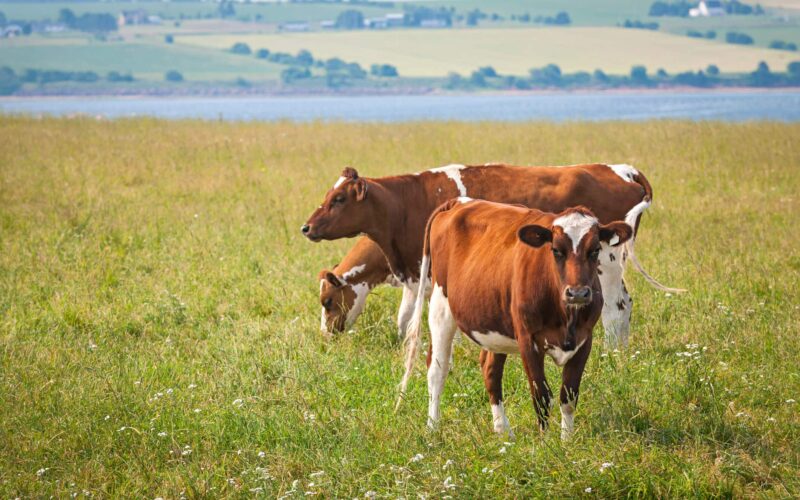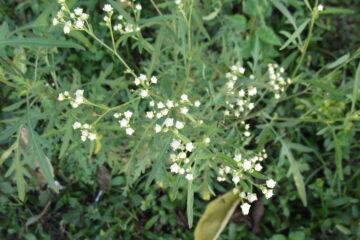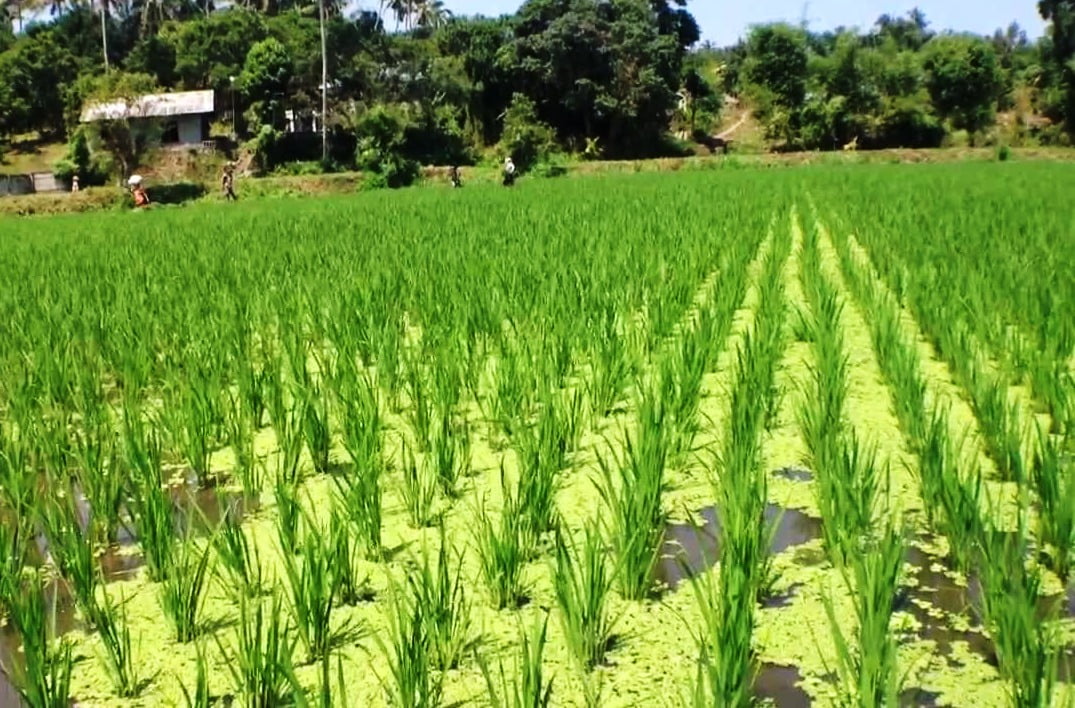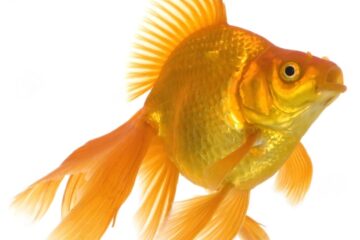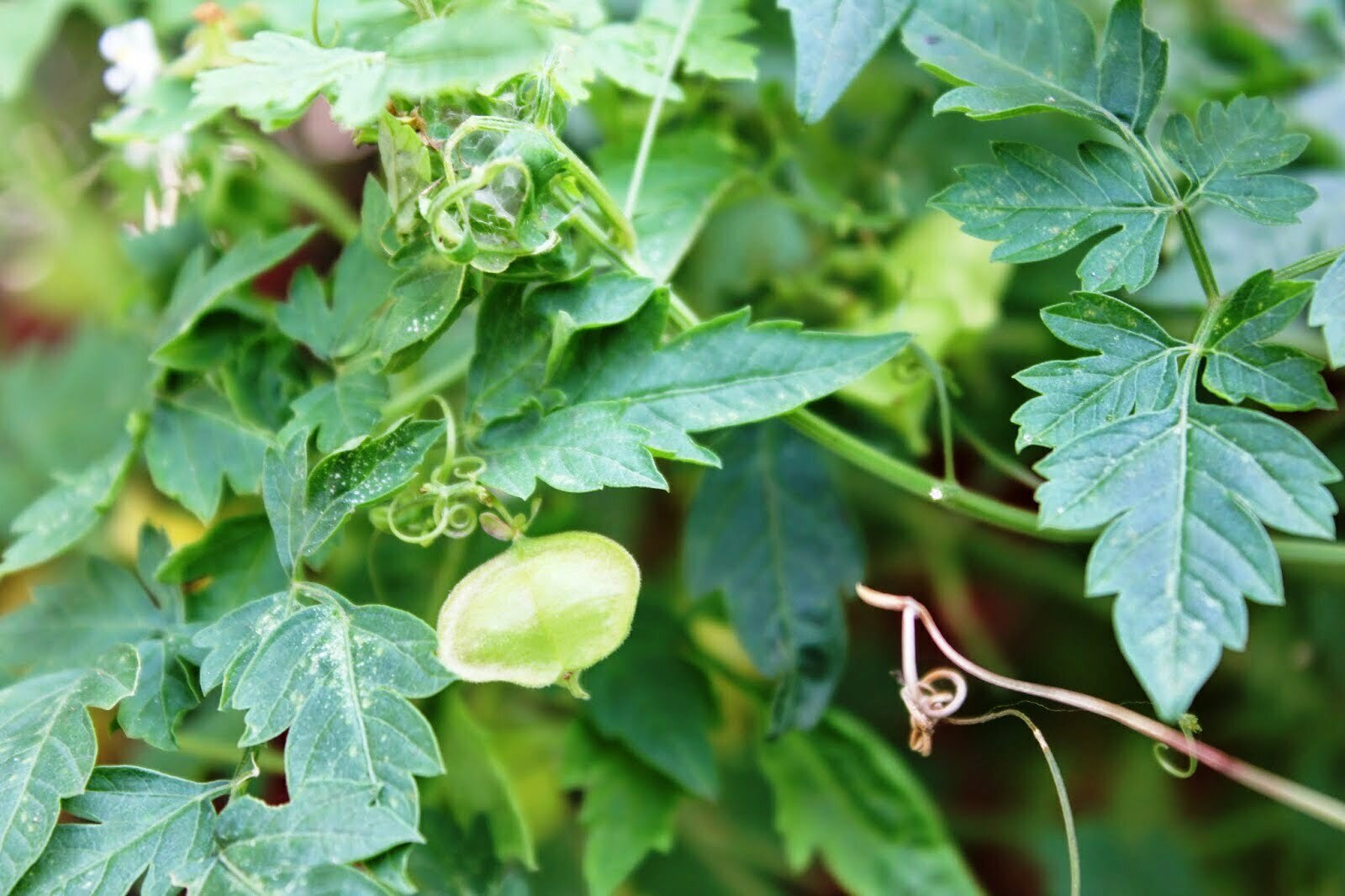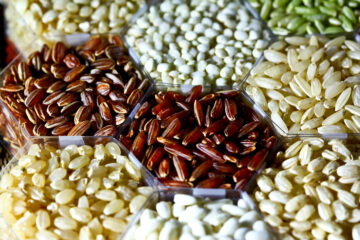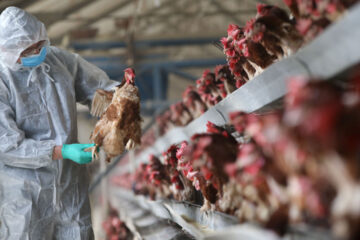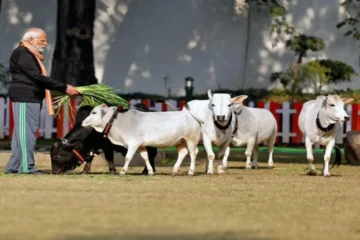Tamil Nadu leads in cattle farming and production compared to other states. Dairy cattle provide continuous employment and income throughout the year. However, changes in temperature and climate make cattle vulnerable to various diseases, one of which is Lumpy Skin Disease (LSD).
The virus responsible for this disease belongs to the same family of viruses that causes goatpox and sheeppox. This disease spreads through insect bites and affects cows and buffaloes. Though the mortality rate is low, the disease leads to skin lesions and weight loss, reducing milk production and causing economic loss.
Lumpy Skin Disease tends to affect crossbred cattle more than native breeds. It first emerged in African countries and later spread to Asia and Europe. Currently, it has spread to Indian states like Kerala, Andhra Pradesh, and Tamil Nadu.
Mode of Transmission
The disease spreads through bites from mosquitoes, flies, and ticks, and it can also be transmitted via the blood, saliva, and semen of infected cattle. Calves drinking milk from an infected cow or those in the womb of a pregnant cow may also be affected. The virus can remain active in the lesions and wounds caused by the disease for 16-35 days. This disease typically spreads at the beginning of summer but does not affect humans.
Symptoms
Symptoms include discharge from the eyes and nose, high fever, loss of appetite, lethargy, and excessive salivation. Swollen lymph nodes are another common sign. Within 48 hours of the first symptoms, nodules measuring 2.5 cm may appear on the head, neck, legs, joints, and reproductive organs.
Lumps of 0.5-5 cm in size can form on the skin, which may burst, leading to ulcers that leave scars. Pregnant cattle may experience miscarriage, and sterility may occur. Swelling of the legs, abdomen, and reproductive organs may make it difficult for the cattle to walk.
Preventive Measures
Maintaining clean surroundings and cattle hygiene can prevent the disease and stop it from spreading. Infected cattle should be isolated or removed from the herd. Cattle enclosures must be disinfected with germicides. Proper vaccination and medication should be administered to control the secondary effects caused by the virus.
Herbal Medicine
Oral Treatment – Method 1: Professor Punniyamurthy has recommended a herbal treatment for skin diseases in cattle. Mix 10 betel leaves, 10 grams of pepper, 10 grams of rock salt, and an appropriate amount of jaggery into a paste. Administer this paste by applying it to the cow’s tongue. This dose should be given every three hours on the first day. From the second day onward, it should be given three times a day for 2-3 weeks.
Method 2: Take 2 cloves of garlic, 10 grams of coriander seeds, 1 gram of cumin, a handful of basil leaves, 1 gram of dried clove leaves, 10 grams of pepper, 5 betel leaves, 2 small onions, 10 grams of turmeric powder, 30 grams of Nilavembu (andrographis) leaf powder, a handful of sacred ash leaves, a handful of neem leaves, a handful of bilva leaves, and 100 grams of jaggery. Grind these ingredients into a paste. Apply the paste to the cow’s tongue in small amounts. On the first day, administer this once an hour, then continue to give it in the morning and evening until the disease subsides.
Topical Treatment: Grind a handful of waste-leaf plant (kupaimeni), 10 cloves of garlic, a handful of neem leaves, a handful of henna leaves, and 20 grams of turmeric powder. Boil this mixture in 100 ml of coconut or sesame oil, cool it, and apply it to clean the wounds. If maggots are present in the wound, apply a paste made from custard apple leaves. Green camphor mixed with coconut oil can also be used to treat wounds after maggots are removed. This medicine should be applied only once a day.
Dr. K. Devaki, Dr. P. R. Nisha, Agricultural Science Center, Kattupakkam, Chengalpattu District.

